The Ryzen 1xxx and 2xxx
Commonly, AMD CPUs are often referred to as convex heatspreaders, which is only partially true. Because on the one hand, a lot of the older models are already relativized after assembly and a burn-in, where nothing remains of the curvature after a certain usage period of only a few hours, and on the other hand, Ryzen CPUs of the current generation offer completely new perspectives in chiplet design. Bulge yes, but completely different. But I’ll get to that in a minute.
Let’s first look at the first-generation Ryzen 5 with the big die, once a CPU before assembly and once after. We see in the first gallery the measurement of the unused CPU. the same way you put them in the first time. Fittingly, I have created a second graphic with a superposition that illustrates the position and size of the die:
The curve over the horizontal section is interesting here, because it shows the curvature very clearly. In the end it is a bit more than 0.02 mm, which is about twice as much as one should aim for with the thinnest possible layer of thermal paste (but usually not achieved anyway). From this point of view, everything is still within the green zone and it doesn’t matter whether the radiator bottom is concave or not. For the elongated, rectangular bulge alone clearly speaks against an almost always conical finishing of the base.
But what happens after warming up and the first hard hours of operation? The IHS deforms extremely, the solder seems to be pushed away and the shape changes from convex almost to concave! So it is easy to squeeze and proves once again that a smooth and above all very stable radiator bottom is actually the best solution. What you can and should do would be to check the radiator bolting and possibly tighten it slightly. It should be able to easily squeeze out the now excess paste. Again, I have a gallery with original measurement and superposition:
And now look at the curve! The fact that everything can be pressed so wide is certainly also due to the inside of the IHS, which is relatively thick above the die, but otherwise much thinner-walled. Here we are only in the range of less than 0.01 mm, which is completely negligible for the cooler bottom surface and the thermal paste. It’s considered almost level! Let’s look at the horizontal section again….
…and then the diagonal one:
But what you can see well in the measurements in the gallery: the IHS of the CPU curves upwards more clearly at the edges at the top and bottom. I could not reproduce this in all cases, but a test with a straight edge shows that this effect depends mainly on the cooler used. It does not occur when the flat and stable cooler bottom significantly overlaps the IHS on the sides, but usually only with circular AiO coolers, which also come with a convex Intel curvature. That, in turn, deforms such a Ryzen in a rather unpurposeful way. How such an IHS of a decapitated CPU looks from the inside, very your same.
Ryzen APUs 2xxx and 3xxx
The older APUs I have recorded exemplarily as used specimen with in the attached picture gallery, because here the used heat conductive paste, a very similar IHS form with still more pronounced elevation over the die and a deviating chip positioning come to the effect. But even the APUs lose most of their camber after a short run, and it’s all self-explanatory in the end if you’ve read the above.
The diagonal measurement reveals that a concave radiator bottom would even be completely counterproductive here, because the four outer corners are also raised and protrude upwards.
With a little bad luck, the concave curvature in the middle is not even enough for a real contact between IHS and radiator bottom. Again, a curved radiator bottom would hardly be purposeful. So the two older Ryzen model lines and their matching APUs don’t benefit from a concave bottom, rather the opposite is true.















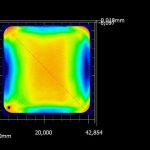
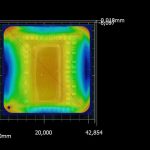

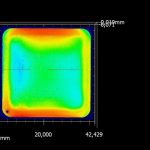
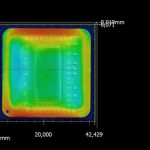


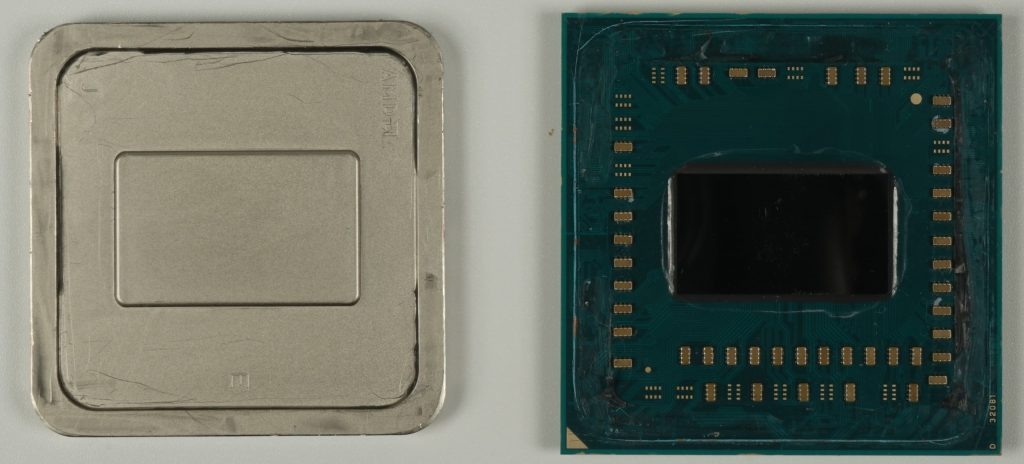
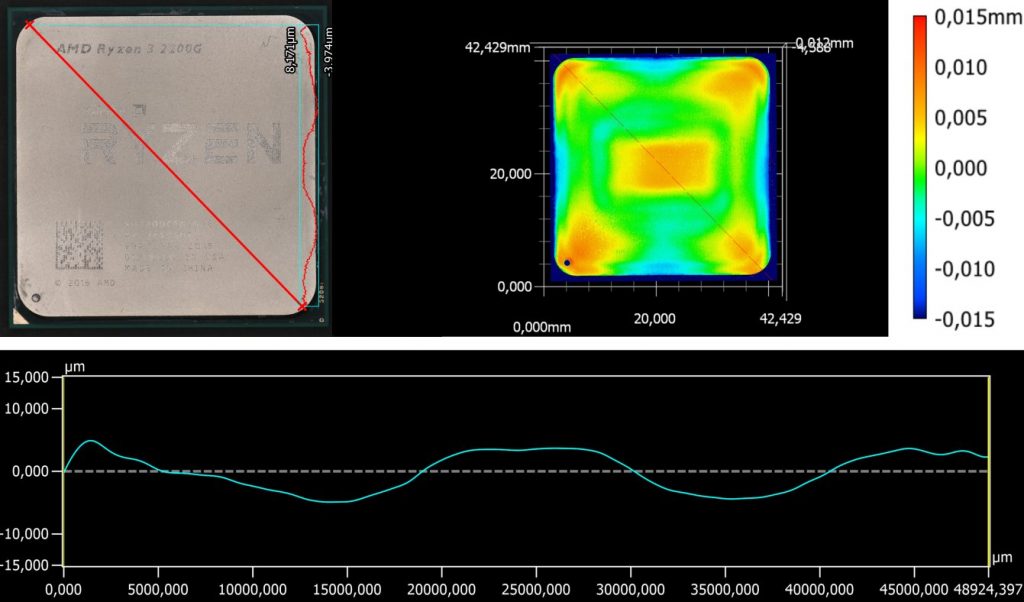

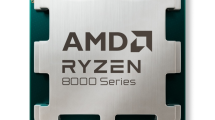
















Kommentieren